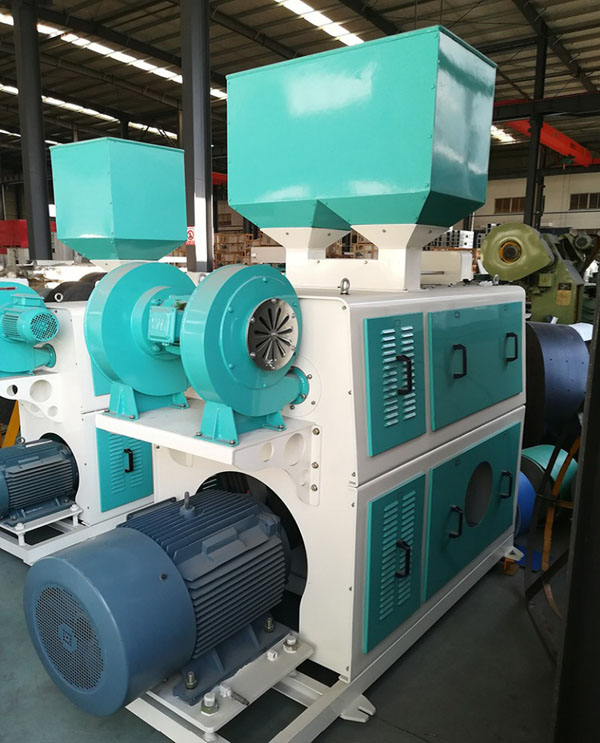 Home > News > Industry News > The difference between new sand roller rice mill and traditional iron roller rice mill
Home > News > Industry News > The difference between new sand roller rice mill and traditional iron roller rice mill
The difference between new sand roller rice mill and traditional iron roller rice mill
Industry News / Chat online / Technical support / Apr 11, 2019
The traditional iron roller rice machine has a high rate of broken rice. The working principle of the iron roller rice machine determines that the surface layer of rice is not easy to remove, which affects the appearance and is not conducive to commercial sales. The new generation of sand roller rice machine produced by Doing Company, the design is based on the friction concept of the iron roller rice machine, and the iron roller is reasonably fused into the sand roller, so that the rice is rubbed by the iron roller while being ground by the sand roller, thereby realizing the parallel use of the sand and the iron roller rice machine. The processing time and cost are greatly saved, the broken rice is small, and the economic benefit is high.
 DOING roller rice mill machine
DOING roller rice mill machine
Compared with the traditional iron roller rice machine, the new sand roller rice milling machine has the following characteristics:
1) Small body and large capacity:
Based on the market of rice processing, this kind can easily meet the production line of 700KG/h rice, and the size of the body is only 3/4 of the size of the ordinary sand roller rice machine, which greatly saves space and cost. By the way, Doing Company manufactured roller rice mill production capacity from 700KG/H to 6.5T/H.
2) The machine is compact in structure and simple in operation: the whole machine is divided into four parts: the feeding part, the grinding part, the discharging part and the bran sucking part, and the division of labor of each part is clear.
3) The new sand roller rice machine adopts a new design idea. The sand roller makes the friction of the rice while being ground, which reduces the broken rice rate and reduces the grinding time, which greatly saves the processing time and cost.
4) Excellent performance: The rice production line of our new sand roller mill added, the whole processing process is 10%-30% lower than the other processing processes, and the whitening increase is 10-20%.


